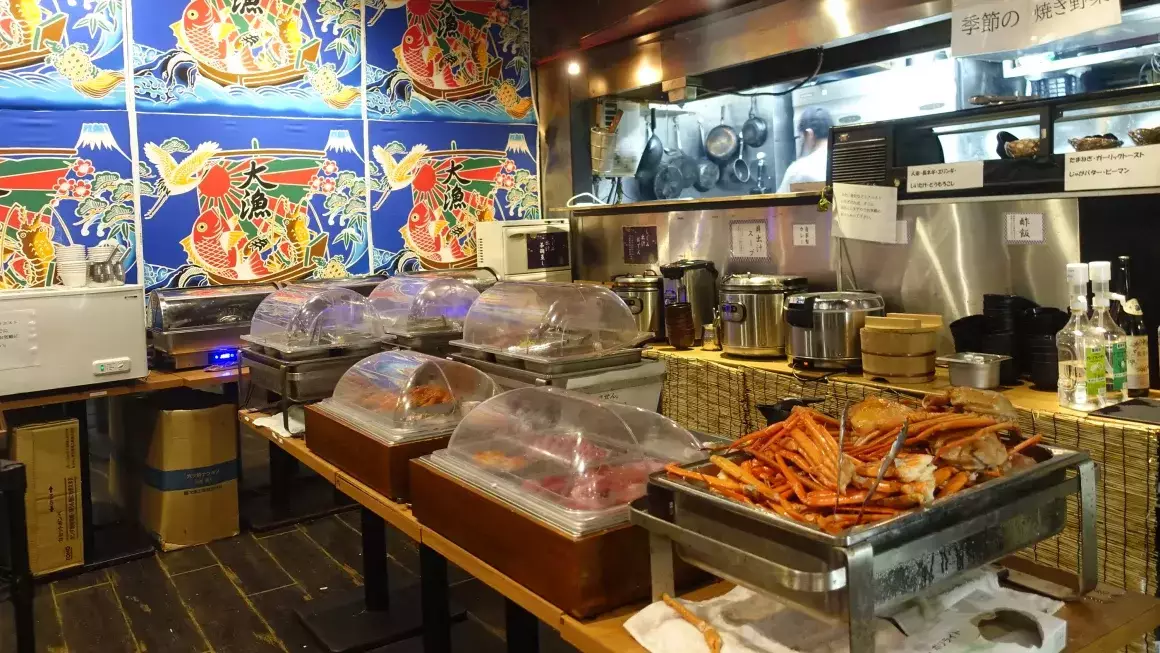Japan’s tourist landscape has entered a new chapter as it grapples with the repercussions of a post-pandemic surge in travel. With the fall of the yen, foreigners are flocking to Japan in unprecedented numbers, hoping to immerse themselves in its rich culture and cuisine. However, this influx has sparked a debate about differential pricing and how it could shape the future of tourism in the Land of the Rising Sun.
As Japan fully reopened its borders in late 2022, the country has welcomed a dramatic increase in tourists. By the first half of 2024, visitor numbers soared to 17.78 million, setting the stage for a potential record-breaking year. While this resurgence could signal a flourishing economy and a revival for businesses reliant on tourism, it has led to equally pressing challenges. Increased foot traffic is straining resources, prompting many businesses to reconsider how they serve both tourists and local patrons.
One notable concern for local businesses is the additional strain that a surge of non-native speakers places on operations. Restaurants, in particular, must address the complexities of communicating with foreign customers who may not understand the menu or dining etiquette. Business owners find themselves at a crossroads, needing to balance service with sustainability.
Differential pricing, where local customers may pay less than tourists, has emerged as a controversial yet practical approach to this dilemma. As noted by Shogo Yonemitsu, owner of a seafood grill in Shibuya, the rationale for adjusting prices is more about preserving capacity and ensuring quality service than outright discrimination. He emphasizes the challenges in managing a workforce that must cater to varying language needs, illustrating a significant but often overlooked aspect of tourism management in Japan.
This pricing model is not unique: many global tourist destinations have adopted similar strategies to protect their local clientele. For instance, in various parts of Europe, it is common for residents to enjoy lower admission fees at museums or attractions, a practice that can alienate foreign tourists unaware of these local pricing structures. Japan’s tentative steps into this realm highlight its struggle to adapt while trying to maintain cultural integrity and hospitality traditions.
Challenges Faced by Local Businesses
The realities faced by small business owners in Japan are daunting. There is only so much infrastructure can handle, and with the recent influx of international visitors, many restaurants and cafes have found themselves overwhelmed. This challenge is further compounded by the need to hire bilingual staff who can assist in communication, often leading to unanticipated operational costs. Yonemitsu recounts the frantic environment created by English-speaking tourists who may not follow typical Japanese dining norms, bringing with them an air of confusion and unpredictability.
In rural and less-populated areas, businesses face additional difficulties due to the lack of resources to manage the uptick in tourist demands. Some local governments have responded by proposing tourist taxes or even limiting the number of visitors at popular sites, like the UNESCO World Heritage-listed Himeji Castle. These measures reflect a growing recognition that while tourism is vital for economic health, it must be carefully managed to ensure it doesn’t diminish the local experience.
Balancing Local and Tourist Interests
As businesses navigate this complex landscape, there exists a palpable tension between retaining local customers and catering to tourists. The issue of differential pricing has ignited dialogue within the community about fairness and accessibility. While some view it as an institutionalized form of discrimination, proponents argue it’s a necessary step to protect local businesses from being overrun and to preserve cultural experiences that are uniquely Japanese.
There is also an emerging urge among international visitors to support local economies, particularly in light of the crippling effects the pandemic had on many small businesses. Tourists like Phoebe Lee recognize their responsibility and are willing to pay a premium if it means safeguarding the cultural landmarks and local establishments they cherish.
Japan stands at a pivotal moment in its tourism narrative. As it redefines its relationship with visitors following a significant resurgence, the implementation of differential pricing may prove advantageous—if done thoughtfully. Sustainable practices that honor both tourists and local needs can create an unforgettable experience for all parties involved. By remaining open to innovative solutions, Japan can continue to be a global beacon of culture, hospitality, and resilience in the face of change.


Leave a Reply